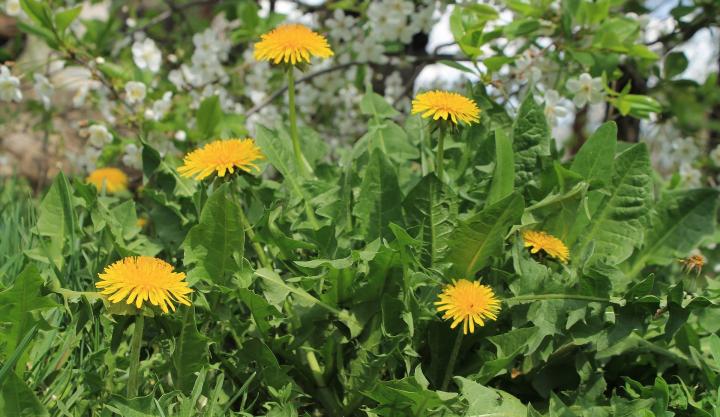
Weeds can be great indicator plants and tell you about your garden. Before you pull out the pesky weeds that are probably overtaking your cultivated plants, take a minute to notice what is growing.
Read your weeds! Yes, weeds are a constant annoyance, but they are also excellent indicators of soil conditions. If you have large patches of one kind of weed, your garden is trying to tell you something.
Common Weeds and What They Indicate
- Amaranth (also called red root pigweed) grows in rich soil, high in nitrogen.
- Bindweed grows in crusty or compacted soil.
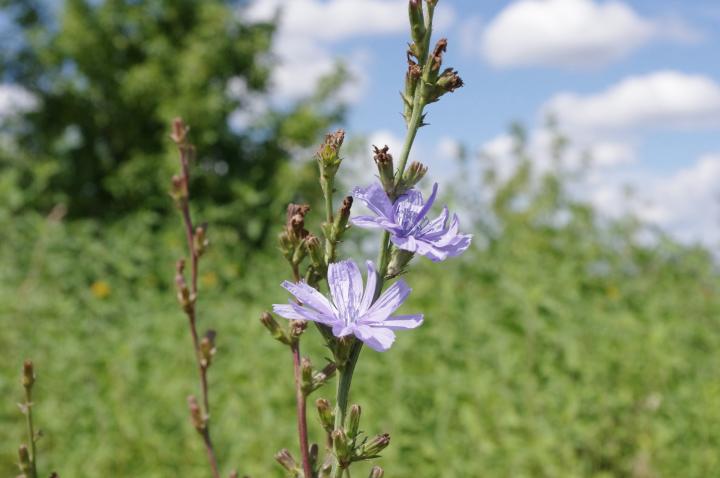
Common chicory can be an indicator of rich soil.
- Chickweed and chicory like rich soil, high in nitrogen and will grow well in sweet compacted soil.
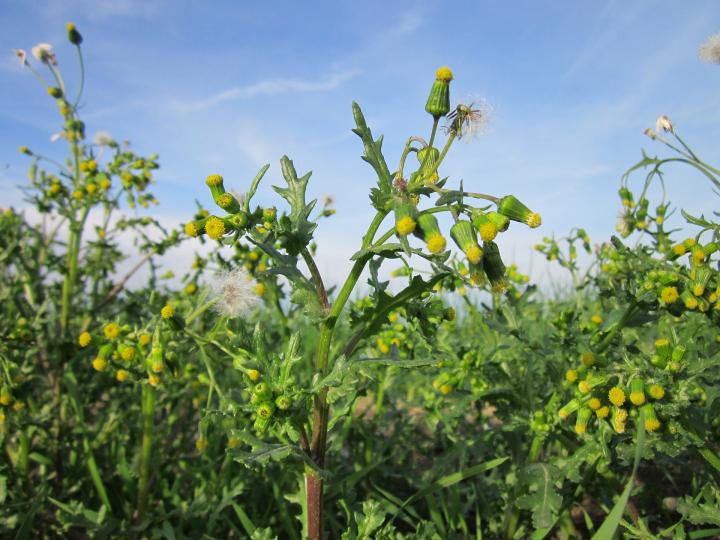
If you have groundsel you have good soil.
- Common groundsel is an indicator of rich soil.
- Crabgrass grows where the soil has been depleted of nutrients and is low in calcium.
- Dandelions indicate poor soil that is low in calcium but high in potassium. Luckily, they can still make a yummy snack! Check out our dandelion recipes.
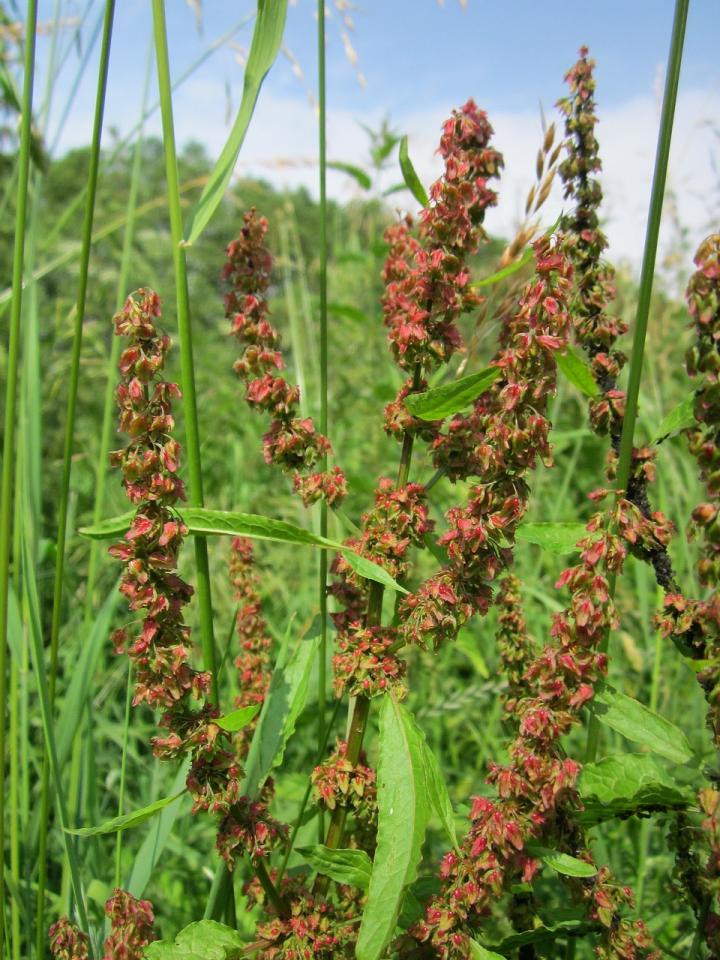
Bitter dock might grow if you’ve planted near a swampy area.
- Dock and goldenrod grow in wet, poorly drained soil.
- Fragile fern grows in near neutral, dry conditions. Fern also might tell you something based on its history of folklore.
- Henbit indicates high nitrogen.
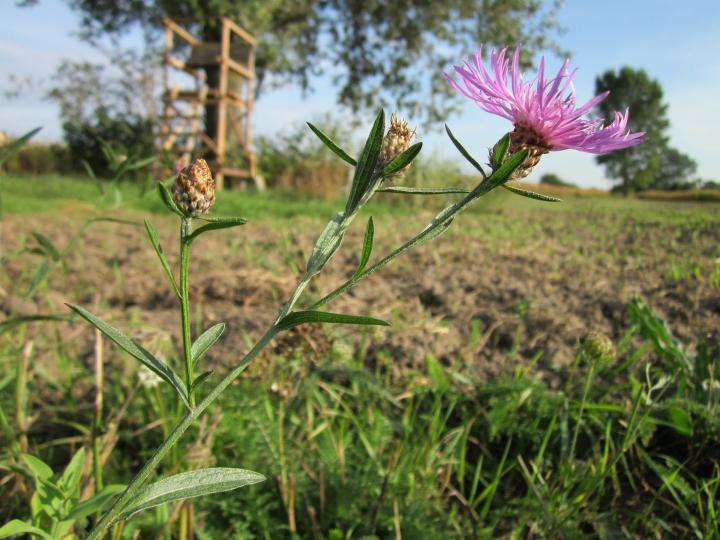
Knapweed looks like its cousin the bachelor’s button.
- Knapweed indicates rich soil, high in potassium.
- Knotweed grows where the ground is compacted.
- Lamb’s quarters indicate rich soil, high in nitrogen.
- Little blue-stem (also called poverty grass) grows in dry, sandy, run-down soil depleted of nutrients.
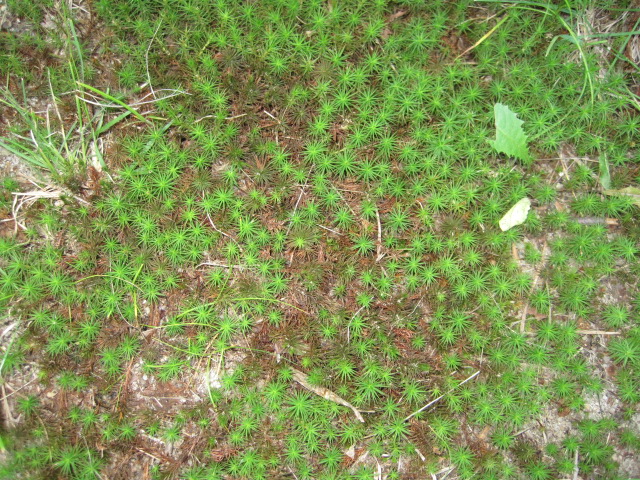
There are many kinds of mosses that thrive in moist shady locations.
- Moss indicates soggy, acidic soil that is low in nutrients.
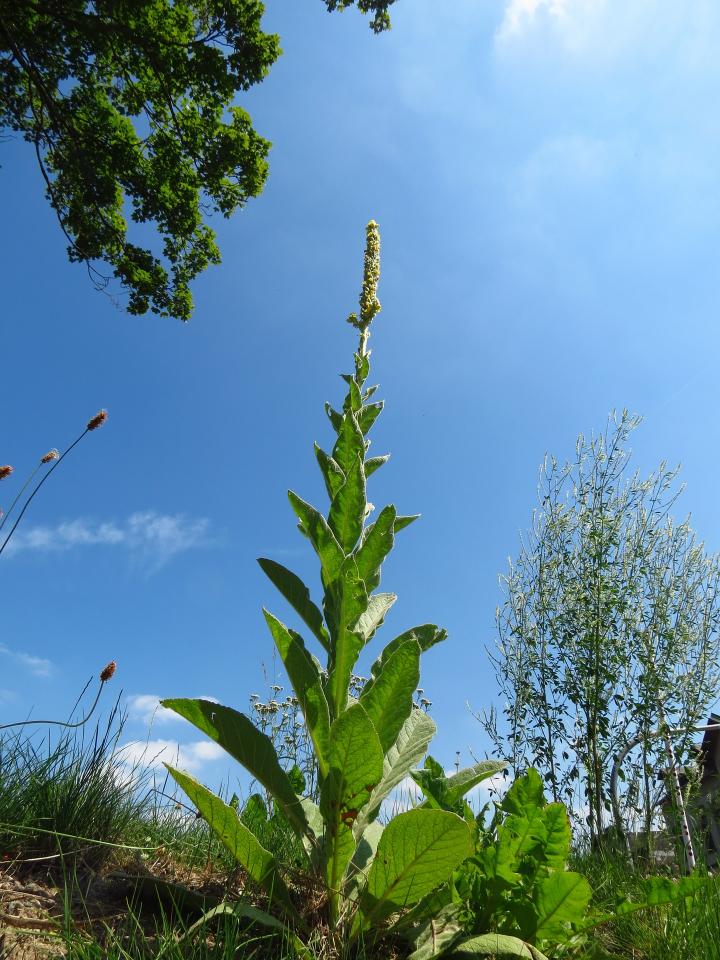
Common mullein indicates that you might need to make your soil more alkaline.
- Mullein grows in acidic soil with low fertility.
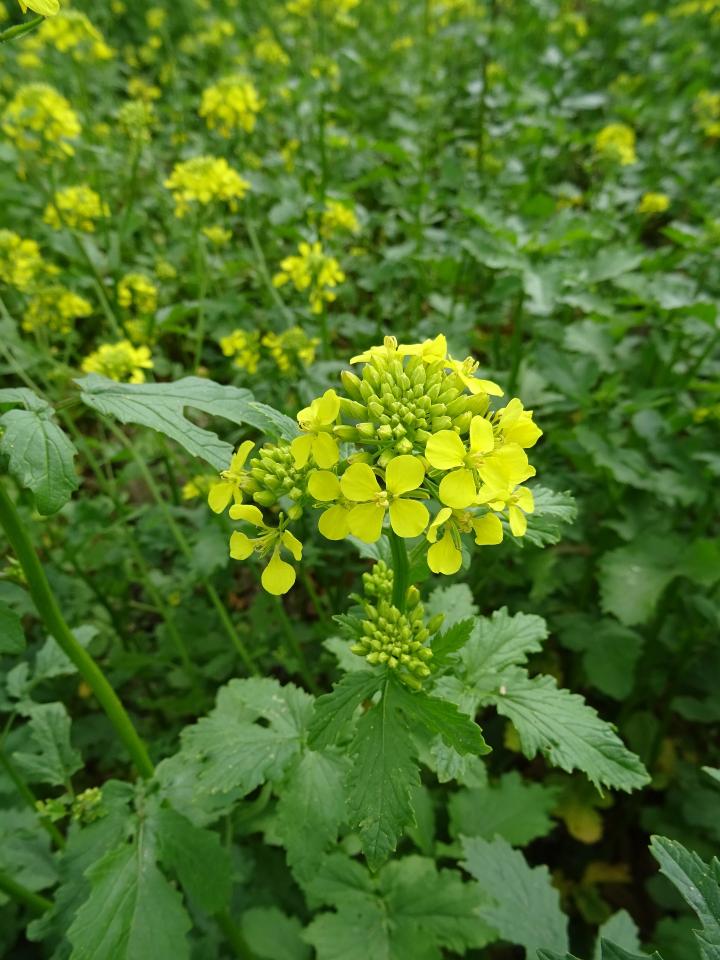
Mustard is commonly found in pastures & fields.
- Mustard grows in dry, sandy soil, high in phosphorus.
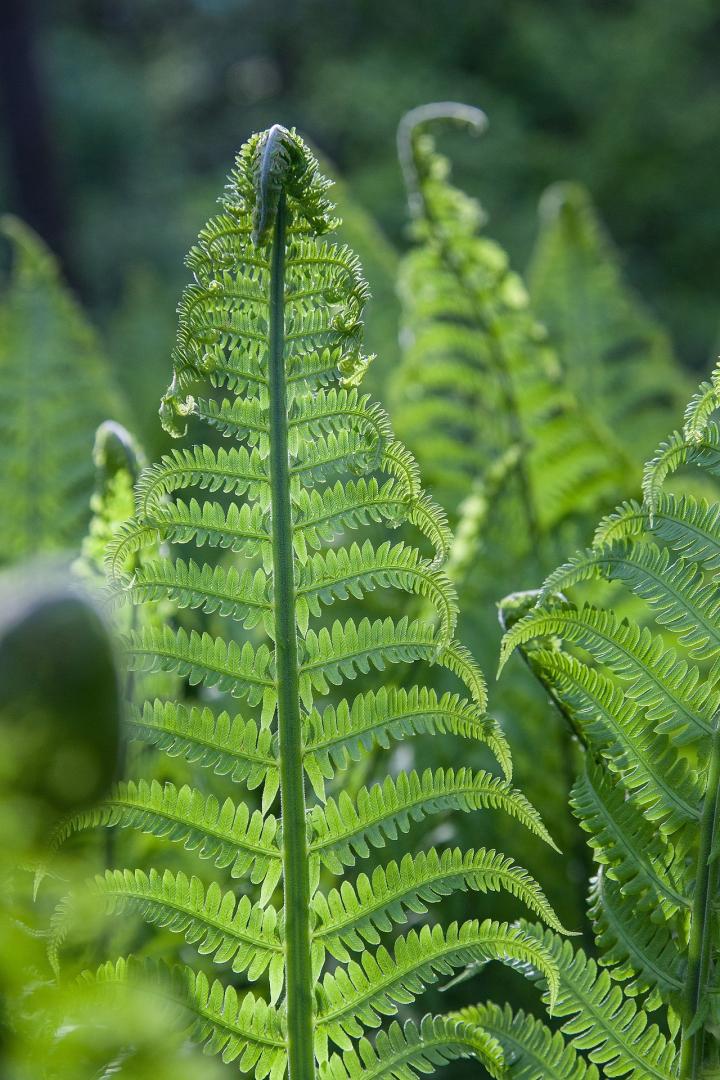
Ostrich fern grows in rich soil.
- Ostrich fern indicates an exceptionally fertile location.
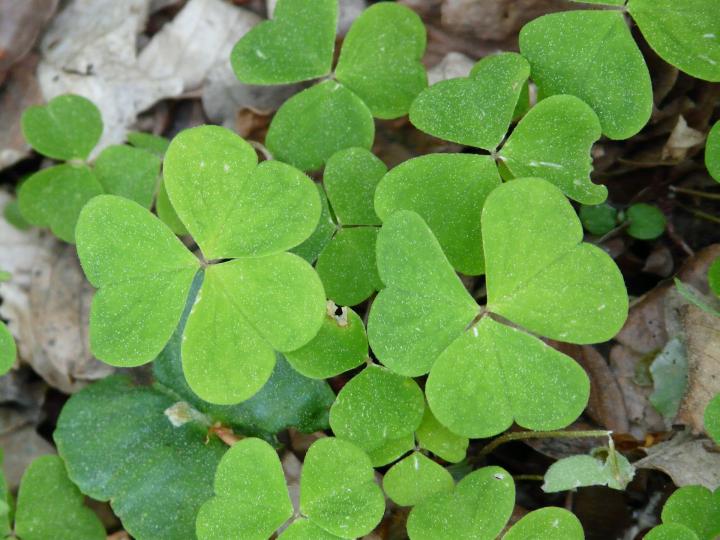
Common wood sorrel (which you might mistake for clover) shows that your soil might need a calcium treatment.
- Oxalis, or wood sorrel, indicates low calcium and high magnesium.
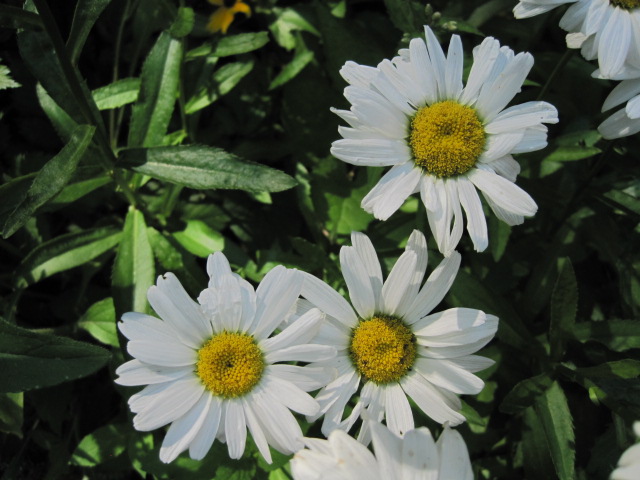
Ox-eye daisy is found in areas of low fertility.
- Ox-eye daisies grow in acidic, often soggy soil with poor fertility.
- Pearly everlasting grows in acid soil that is low in nutrients.
- Peppergrass indicates sweet soil.
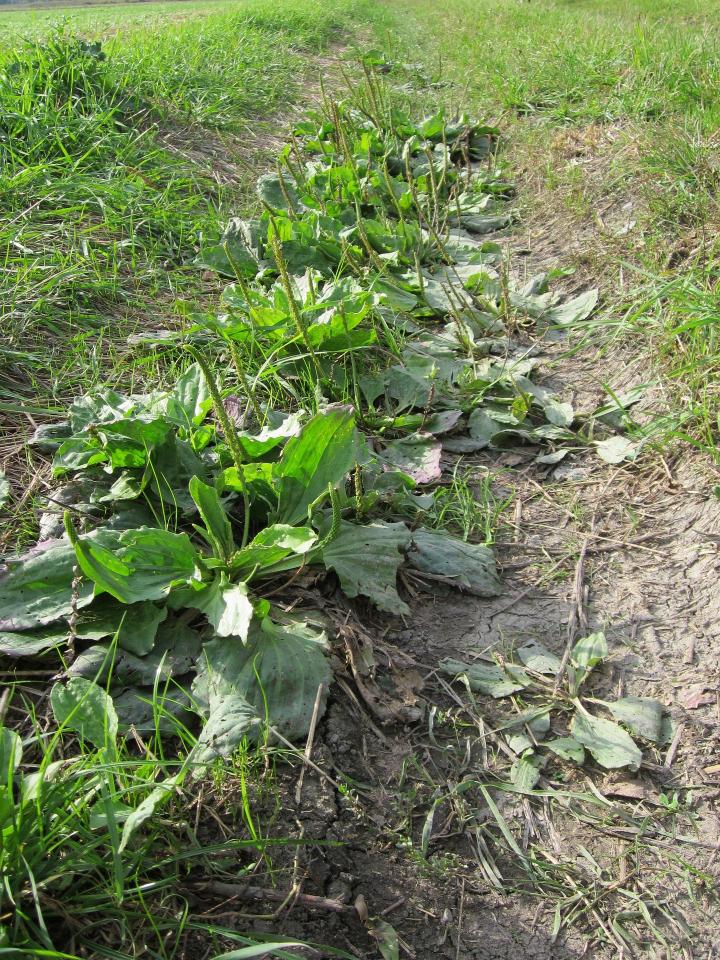
Plantain is a stubborn weed that often grows in heavy clay.
- Plantain grows in compacted, sour soil with low fertility and often indicates heavy clay. Like prostrate knotweed, it has evolved to survive being trampled and can grow in heavily trafficked garden paths.
- Purslane prefers rich soil and is an indicator of high phosphorus. Like dandelions, purslane is edible and offers health benefits. Make the most of your common weed education and explore some purslane recipes.
- Quack grass will grow in heavy clay or compacted soil.
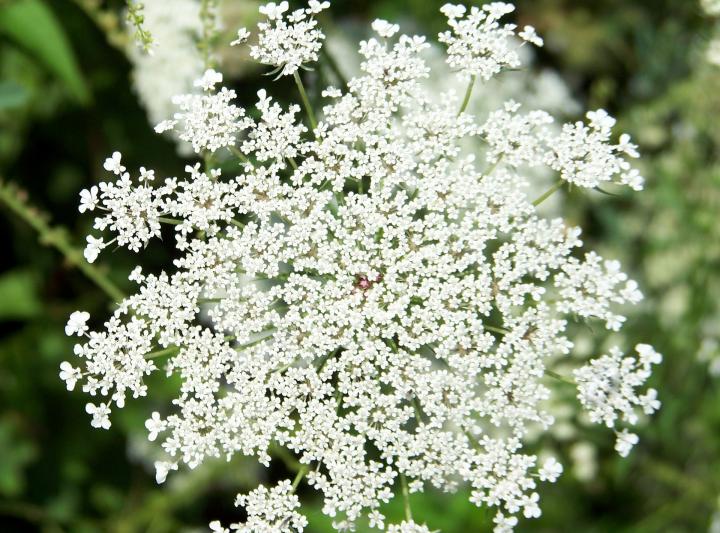
Queen Anne’s lace indicates poor dry soil.
- Queen Anne’s lace grows where the soil is poor but on the sweet side.
- Ragweed indicates low fertility.
- Sensitive fern grows in poorly drained soil that is low in nutrients.
- Sweet fern prefers sandy, acidic soil.
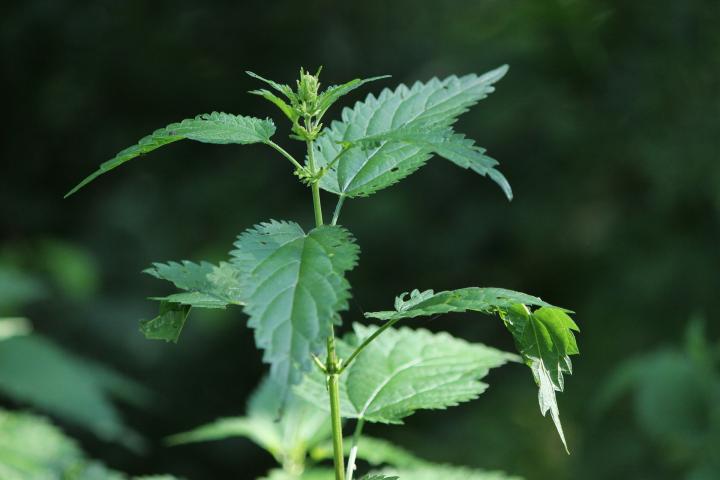
Stinging nettle doesn’t just indicate rich soil; it also has some valuable qualities.
- Stinging nettle grows in rich acidic soil. Find out how to harvest stinging nettle and its superplant qualities.
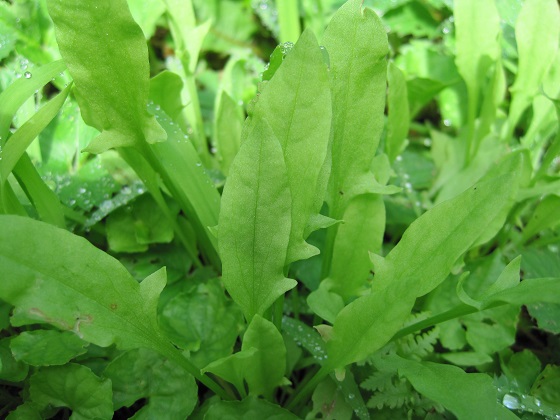
Sheep sorrel grows in acidic soil that is low in nitrogen.
- Sheep sorrel indicates dry, sandy, sour soil depleted of nutrients and low in calcium.
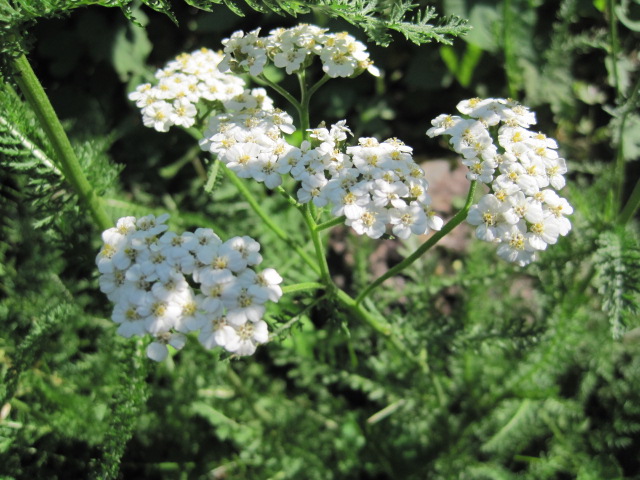
Yarrow is found on poor, dry, sandy soil where little else will grow.
- Yarrow grows where the potassium and fertility are low and the soil is sandy and dry.
Weeds can provide important clues about your soil’s fertility. Use this information to your advantage when amending your soil or deciding what to plant where.
If you have a hard time identifying your garden weeds, look at this list of common weeds.
After discovering what they mean, find out how to get rid of your weeds.
Dandelions and purslane are not the only edible weeds! Find out which of these plants you can eat.
~ By
Robin Sweetser
About This Blog
Get inspired by Robin Sweetser's backyard gardening tips. Robin has been a contributor to The Old Farmer's Almanac and the All-Seasons Garden Guide for many years. She and her partner Tom have a small greenhouse business and also sell plants, cut flowers, and vegetables at their local Farmer's Market.





















